
BTW, with regards to voxel size, another odd thing is that more (smaller) parcels decrease optimal scan time (a little). This is a little surprising to us as we thought smaller parcels => lower SNR => longer scan time

BTW, with regards to voxel size, another odd thing is that more (smaller) parcels decrease optimal scan time (a little). This is a little surprising to us as we thought smaller parcels => lower SNR => longer scan time



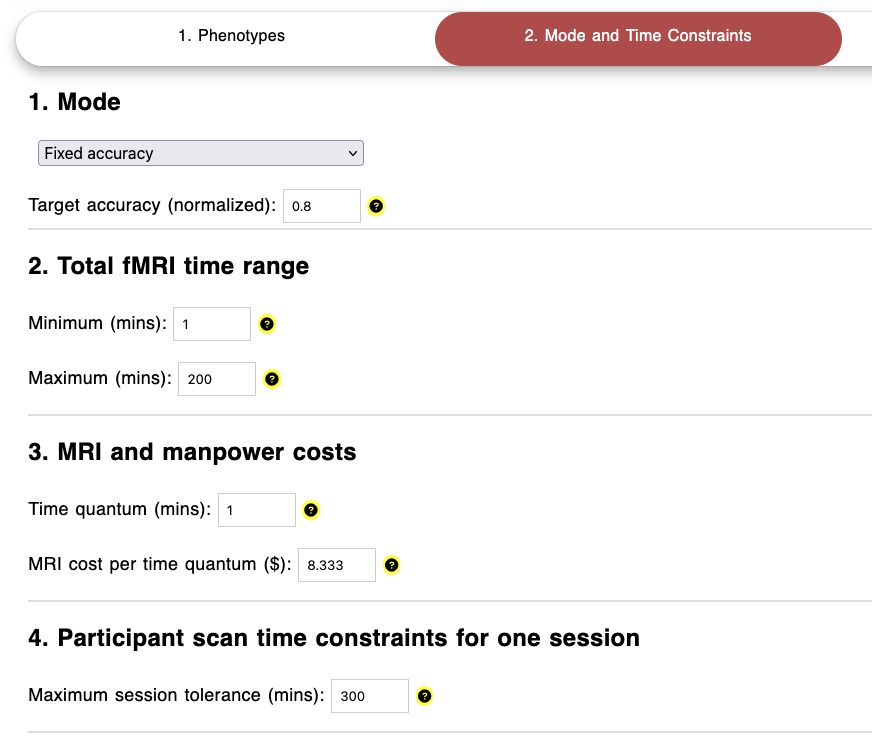
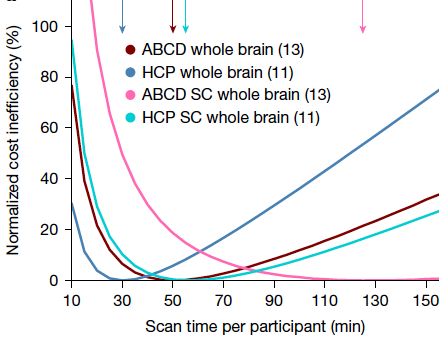
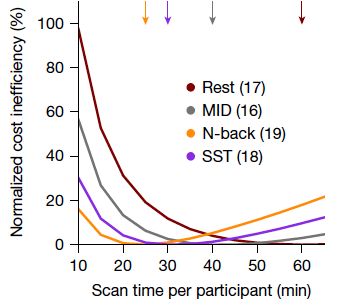

Does this mean that we should collect large datasets with short scans?


Does this mean that we should collect large datasets with short scans?
Ultimately sample size is more important, which @nichols.bsky.social explains with a theoretical model…

Ultimately sample size is more important, which @nichols.bsky.social explains with a theoretical model…
AI performance is known to scale with logarithm of sample size (Kaplan 2020), but in many domains, sample size can be # participants or # measurements...
doi.org/10.1038/s415...
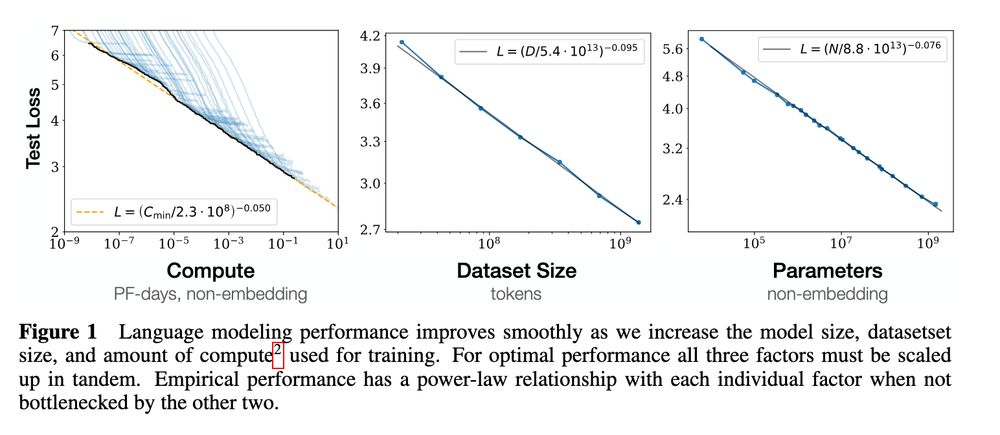
AI performance is known to scale with logarithm of sample size (Kaplan 2020), but in many domains, sample size can be # participants or # measurements...
doi.org/10.1038/s415...


Congrats to Tianchu and Tian Fang for leading this study and also co-authors @shaoshiz.bsky.social @bart-larsen.bsky.social @ted-satterthwaite.bsky.social @avramholmes.bsky.social


Congrats to Tianchu and Tian Fang for leading this study and also co-authors @shaoshiz.bsky.social @bart-larsen.bsky.social @ted-satterthwaite.bsky.social @avramholmes.bsky.social


Biophysical modeling is a key tool to derive mechanistic insights into the brain. These models are governed by biologically meaningful parameters (unlike artificial neural networks), but the dirty secret ... 1/N
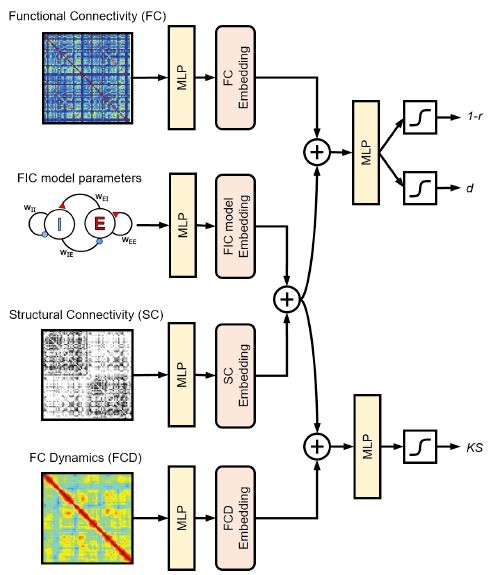
Biophysical modeling is a key tool to derive mechanistic insights into the brain. These models are governed by biologically meaningful parameters (unlike artificial neural networks), but the dirty secret ... 1/N




Now users can also set a target accuracy (e.g., 80% of max accuracy), and then find N & T with the lowest cost that achieves the accuracy target.


Now users can also set a target accuracy (e.g., 80% of max accuracy), and then find N & T with the lowest cost that achieves the accuracy target.
The first new feature is that users can explore how different N & T leads to different accuracy, e.g., N=1000 & T=30min => 81% max accuracy. 🧵
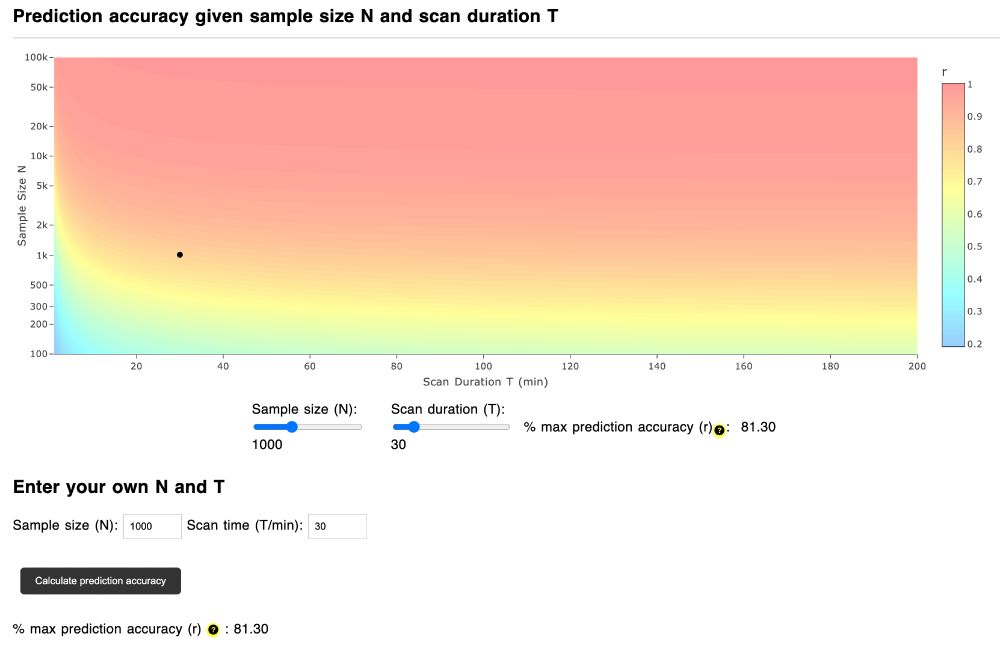
The first new feature is that users can explore how different N & T leads to different accuracy, e.g., N=1000 & T=30min => 81% max accuracy. 🧵




